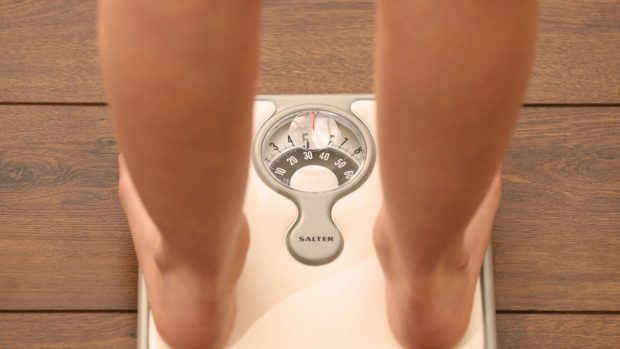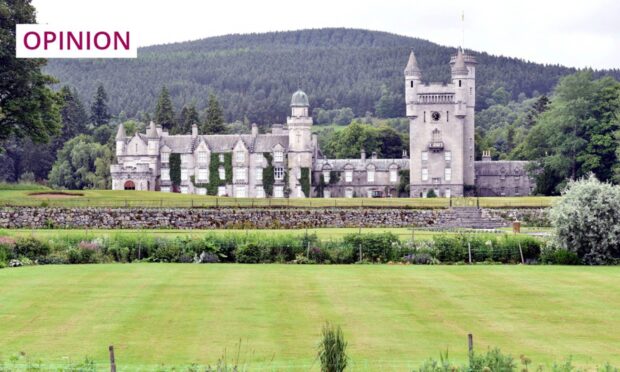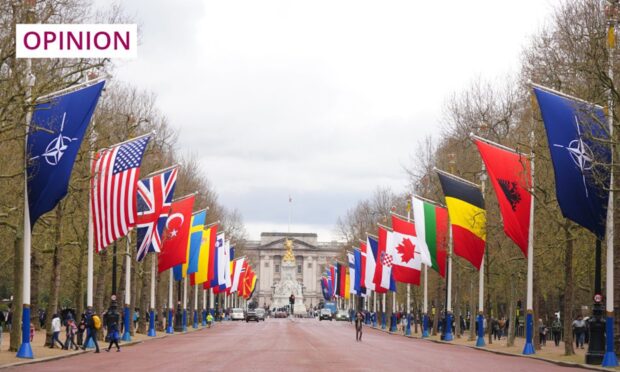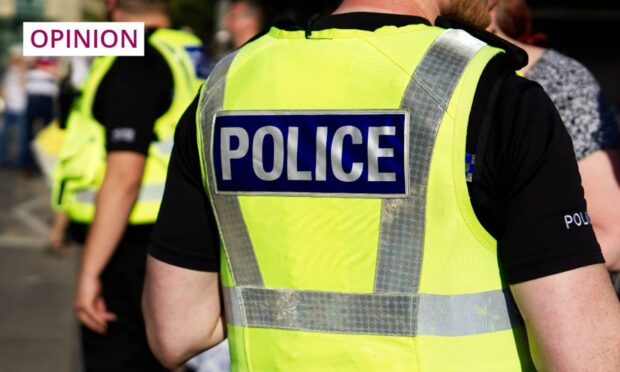I was watching a television news item on Covid last week, which highlighted a man in his 30s who’d been hospitalised by the virus. It was designed to illustrate that the pandemic can hit young people, too. However, what the item studiously avoided mentioning was the fact that the patient was grossly overweight. A serious omission, surely.
When I was queueing to have my Covid vaccine last week, the majority of people waiting with me were overweight or obese. It seems to me that obesity is being increasingly normalised, which in turn makes it socially acceptable.
It is surely important to highlight this fact. An Oxford University study has found that obesity, along with other factors such as ethnicity, has an impact on how Covid affects people.
Nor are the health problems with being overweight limited to the current pandemic. Researchers at Glasgow University announced last week that obesity has now overtaken smoking as the major cause of death in both Scotland and England. Between 2003 and 2017, deaths from smoking reduced from 23.1% to 19.4%. In the same period, deaths due to obesity increased from 17.9% to 23.1%.
I’m often accused of being a health fascist by claiming that the secret to losing weight is simple – eat less and exercise more. I realise now that this glib solution is far from being the answer to the obesity pandemic in which Scotland in particular finds itself.
In reality, the problem is far more complex, but it’s one we have to tackle. Being overweight can cause Type 2 diabetes, heart disease, stroke and several cancers. It is estimated to cost NHS Scotland up to £600 million a year to treat the diseases caused by it. And the cost to the economy, due to absence from work and economic inactivity, is upwards of £4 billion annually.
‘Statistics show that the poorer you are, the more likely you are to be overweight’
Historically, the overweight tended to be the rich. Think of the portraits of a grossly obese Henry VIII, or of George IV bursting out of his Walter Scott-inspired faux-Scottish outfit on his famous visit to Edinburgh. Times have changed. Now it is those living in Scotland’s most deprived areas who are most at risk. Two out of three Scottish adults are classed as overweight or obese and 29% are clinically obese. Perhaps most worryingly of all, a third of children are overweight or obese.
Statistics show that the poorer you are, the more likely you are to be overweight. Children living in Scotland’s most deprived areas are more than twice as likely to suffer from obesity than those in the least deprived areas. The reasons, according to Obesity Action Scotland, are complex, but they point to the ready availability of cheap food and drink which is high in fat, salt and sugar.
These foods are also heavily promoted. The Scottish Government pledged in 2018 to reduce childhood obesity by half by 2030. And what has happened? Since that pledge, the number of obese children has increased by 18,000.
More from Campbell Gunn
- Hyper tourism is a death sentence for the goose that laid Scotland’s golden egg
- As Winston Churchill had it, even flawed democracy is still the best of a bad bunch
- Midge takes a bite out of staycation hopes
Governments both at Holyrood and Westminster have introduced various measures in an effort to reverse the problem. The Scottish Government has had an ambitious National Food and Drink Policy in place for several years. In 2011, they produced what they described as their “Obesity Route Map Action Plan”. A year before that they published a strategy paper, “Preventing Overweight and Obesity in Scotland, a Route Map Towards Healthy Weight”. And three years ago, the UK Government introduced a sugar tax on soft drinks. Despite these, and several other laudable initiatives, Scotland’s epidemic of obesity continues to grow.
Covid has made matters worse. A report by Food Standards Scotland has found that since the lockdown last March, sales of food and drink have risen substantially, with the increase greatest in things like crisps, alcohol and confectionery.
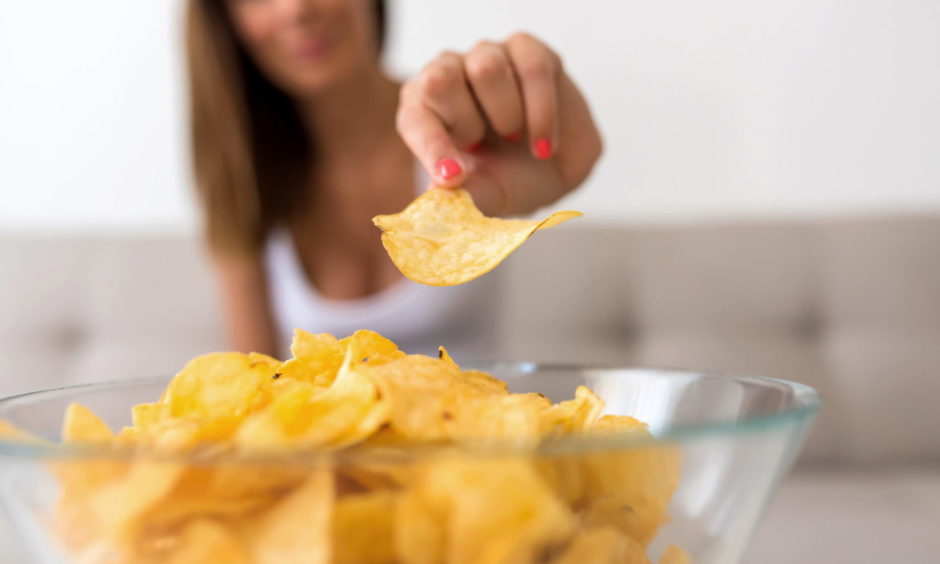
So what can be done? According to its manifesto for the Scottish Parliament elections this May, Obesity Action Scotland says the Scottish Government should pass a Bill restricting the promotion of food and drink high in salt, sugar and fat. There should also be restrictions on advertising these products or allowing them to sponsor sports or events, and mandatory calorie labelling and control of portion sizes in carry-out food.
These are fine ideas, and proposals which could probably be accepted by most of the parties contesting the coming election. But even if they’re adopted as policy and eventually put into law, will it make any difference?
I do wonder if this is an issue that simply doesn’t exercise the electorate sufficiently.
Campbell Gunn is a retired political editor who served as special adviser to two first ministers of Scotland
